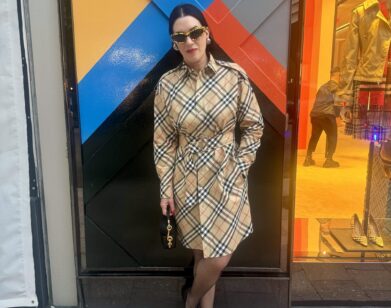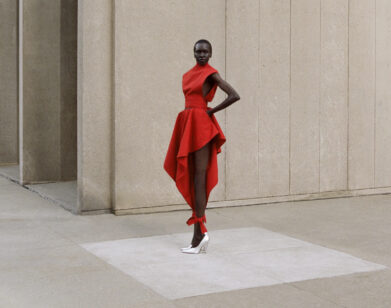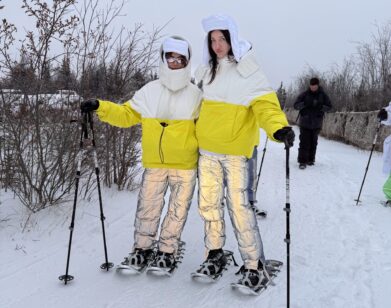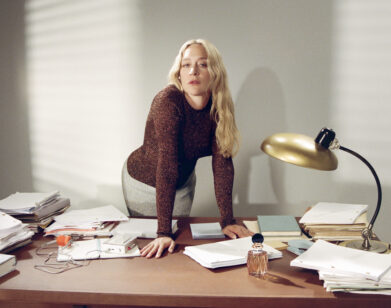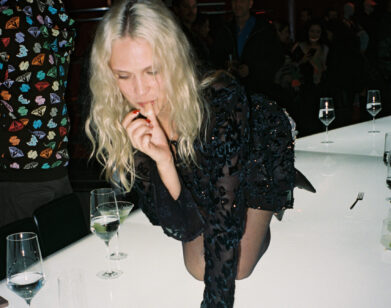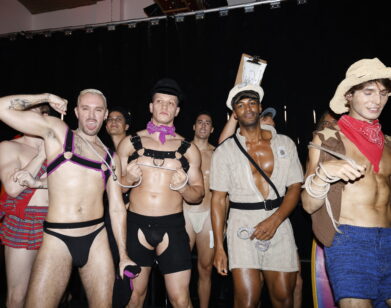Jewel in the Crown: Ippolita on Art and Fashion

A sculpture graduate from Istituto d’Arte, the one-name-only artist Ippolita turned to jewelry design after moving to New York while just a teenager. She began creating jewelry in 1993 and six years later launched an 18k gold line at Bergdorf Goodman. It would blossom into a multi-million dollar jewelry company of 18k gold, silver, and rose accessories, ranging from bold silver chain-linked necklaces to delicate pearl earrings, available at Saks, Bergdorf, and Neiman Marcus.
Ippolita recently returned to her artistic origins and began to create six glass blown-glass objects surrounded by welded steel, to be presented in a show, “Reliquary,” at the Highline Stages. “In Italy, I was always fascinated with the idea that these relics, these bones, are supposed to really be the bones of saints; it’s unbelievable,” she says. “You really have to suspend your disbelief, and put your faith into it, but at the same time, you know that they are not real.”
The exhibition—three 12-14-foot-tall welded steel and blown-glass sculptures, as well as three smaller pieces—looks at the ideas of conflict, fragility, and maternal bonds with steel, glass, and video projections. And while her art is much larger in scale, it also subtly nods to her jewelry; each object is a combination of linked, individually crafted mixed media. Various steel forms surround glass blown organs and bones; a heart, a spine, and a penis glow eerily while videos of dancing forms, horses, and hands performing sign language are projected on them.
Perhaps the most arresting piece was Love (2011), a smaller-scale glass female bust with a video screen inside, featuring a close up video of the faces of Ippolita’s own 75-year-old mother and 95-year-old grandmother gazing away from the viewer, closely linked but without verbally communicating. The artist emphasized the personal aspect of the work “To me, being a mother, there is nothing stronger than that maternal bond, it’s indescribable. I tried to capture it a few different ways but when I saw this interaction between my mother and my grandmother, I knew that was it. You don’t typically see women at that age portrayed in a mother/daughter relationship.”

